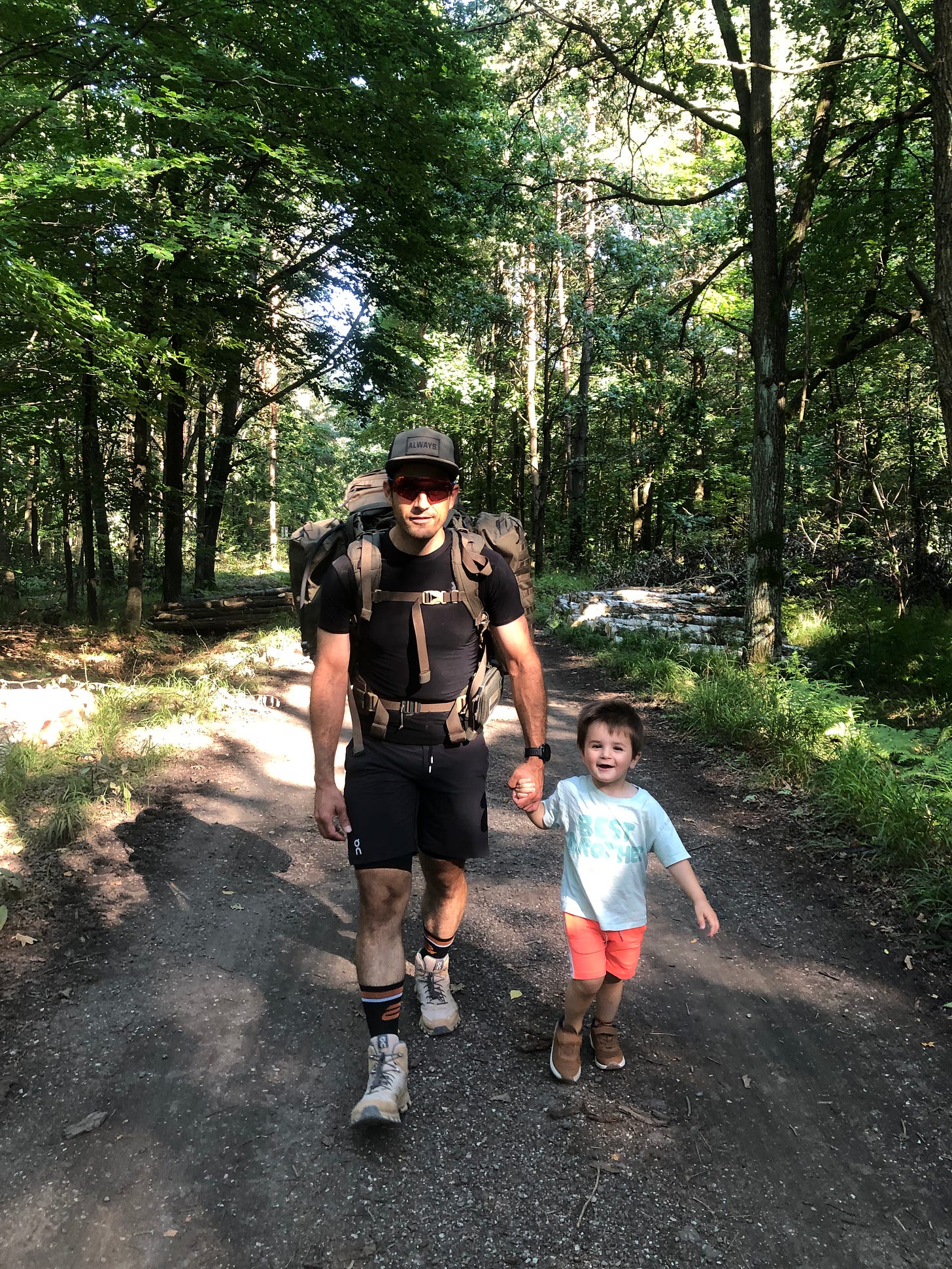Why Walking Should Be Part of Your Training?
"Start by walking before you run. Let walking teach you humility and patience while building fitness and mental sanity." – Iñaki de la Parra
Start by walking before you run. Begin with a walk-jog mix, and only after that, move on to running.
Start where you are, not where you want to be.
Walking builds humility, which is vital for any good athlete. Without it, progress slows down.
Walking strengthens your metabolism, controls blood sugar, and builds lower body and core strength. Walking daily will make you a better athlete, regardless of your primary sport.
It’s a great way to balance work and life. I do much beyond walking, and with some planning, so can you.
Here’s what I suggest:
Walk daily.
Get a good treadmill—no excuses about the weather or poor internet connection.
Take calls and virtual meetings while walking.
Choose walking meetings over sitting down.
Prioritize nature walks for extra mental and emotional benefits.
Walking has always been a core part of my training, especially during the colder months from winter to spring. I track and log all my walks as part of my fitness routine. At least half of these walks involve carrying weight in a backpack, starting with 10 kg and gradually building up to 35 kg at my peak, covering up to 50 km in one go over the mountains. It’s all based on the principle of progressive overload.
Personally, this approach has kept me injury-free when transitioning to running, strengthened my upper and lower body as well as my core, and allowed me to handle high running volumes while maintaining good speeds when I decide to go back into running form—for instance, I recently ran a rolling half-marathon in 1:22 hrs without specific preparation a few weeks ago, and without doing any endurance competition in the last five years or so.
I use walking as a core principle when coaching athletes at all levels, from beginners to elites. Walking develops more than just physical fitness—it teaches the ego valuable lessons in patience and humility. Walking, especially in nature, provides tremendous mental benefits and improves heart rate variability (HRV), aiding recovery and mental and physical resilience.
Let me share the example of two elite athletes to challenge the common belief that walking is just for beginners or unfit people. Maciek and Kasia, likely among the fittest athletes on the planet, integrate walking into their routines alongside cycling, strength training, mobility work, running, yoga, and more. As full-time elite athletes, they use walking not just for recovery but as an essential part of their overall performance and training strategy. Walking plays a crucial role in their preparation for elite racing.
Maciek Dombrowski, a former professional cyclist and now an elite ultra-runner, understands the value of walking in training. With over two decades of competitive sports experience and endless podiums in cycling and ultra-running, he has built mental and physical resilience from the walking itself. His recent standout performance at Łemkowyna Ultra-Trail (150 km, 5800m elevation) is a testament to this. Maciek incorporates walking into his preparation, which might seem unconventional, but it enhances recovery and fitness, proving that walking is crucial for elite endurance athletes.
Katarzyna Solinska. She placed 6th at UTMB 2023 (171 km, 10,000 m elevation), won Trans Gran Canaria 2024 (21.6 km, 1,430 m elevation), and last weekend she won and established the course record at Łemkowyna Ultra-Trail (150 km, 5800m elevation). She walks a lot and continues to include it in her yearly training. This is no small feat for one of the fastest mountain-running women today.
In my view, everyone should build both mental and physical strength to handle life’s challenges effectively. Walking is, and should always be, a fundamental part of anyone’s routine who seeks a healthier, calmer life. It’s a simple yet powerful practice that benefits the body and mind.
Walk before running. And if you run or do any other activity, do not skip your walking.







What type of treadmill and desk setup do you use at work?